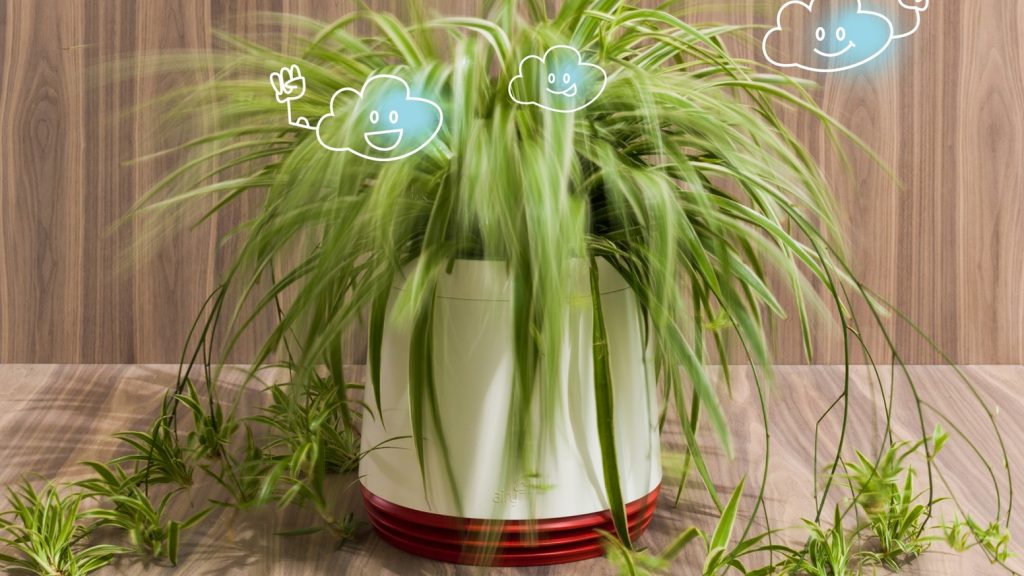“I am drained.” This is the kind of statement that is often used by working officials after a full day at work. But what if this is a problem that occurs right at the beginning of your day?
Air Pollution as opposed to the common belief that it only affects you outside a closed space, also majorly affects you in the indoors such as workspaces and homes.
Apart from a blanket of harmful gases on the outdoors, such as Smog, dust and other various kinds of harmful pollutants, which do enter your offices through various outlets, there are various kinds of dangerous chemicals which derive from paints and furniture in the offices and workspaces which is equally harmful considering we spend almost 90% of our time inside the indoors.

These chemical compounds in our offices also called as VOCs or Volatile Organic Compounds. A very high level of about a dozen common organic pollutants to be 2 to 5 times higher inside homes than outside, regardless of whether the homes were located in rural or highly industrial areas according to the EPA’s Office of Research and Development’s “Total Exposure Assessment Methodology (TEAM) Study”. Moreover, using a number of organic chemicals had not a lot of effect as opposed to the normal amount of chemicals that are present indoors whether its a rural or urban environment.
Very profoundly it is seen that an employee’s productivity and proficiency is affected adversely by the air pollution and the high levels in AQI at the workspaces. Moreover, it’s not just VOCs that cause Indoor Air Pollution but Carbon Dioxide(CO2) is also one of the major causes of a lower productivity of an employee.
Levels of carbon dioxide tend to build up in rooms over time while oxygen levels decline, leading to stale, stuffy, air, and slow-working brains according to a Study by Lawrence Berkeley National Laboratory. This leads to people being more prone to sleepiness, lethargy and a feeling of drowsiness.
To avoid certain kinds of consumption of CO2 in offices there are certain standards of Carbon Dioxide that should be prevalent in the air around. While levels below 5,000 ppm are considered to pose no serious health threat, experience indicates that individuals in schools and offices with elevated CO2 concentrations over 5, 000 ppm( being the standard) go about having physical problems which are mentioned above. But the most widely accepted standard is the American Society of Heating,
Refrigeration, and Air Conditioning Engineers (ASHRAE) Standard 62. According to which using CO2 as an indicator of ventilation, ASHRAE has recommended indoor CO2 concentrations be maintained at—or below—1,000 ppm in schools and 800 ppm in
offices as per the AQI limits.
Health Effects
The gases that are prevalent in our offices not only make us drowsy but also cause some health effects such as:
- Eye, nose and throat irritation.
- headaches, loss of coordination and nausea.
- damage to liver, kidney and central nervous system.
- Dizziness
- Difficulty in breathing.
- Allergic skin reactions.

Some of the measures that could be taken are:
- Installing Air Purifiers and Air Ventilators with the Air Conditioning.
- Putting a lot of plants inside the office.
- Using products which are made of Organic Chemicals.
- Using Vaccum Cleaners instead of brooms.
So it is very important to take preventions or rather take all the alternative cures to make the Indoor Air Pollution in the offices better for better productivity of the employees.
This post is also available in:
![]() Global
Global ![]() IND English
IND English ![]() UK English
UK English ![]() US English
US English